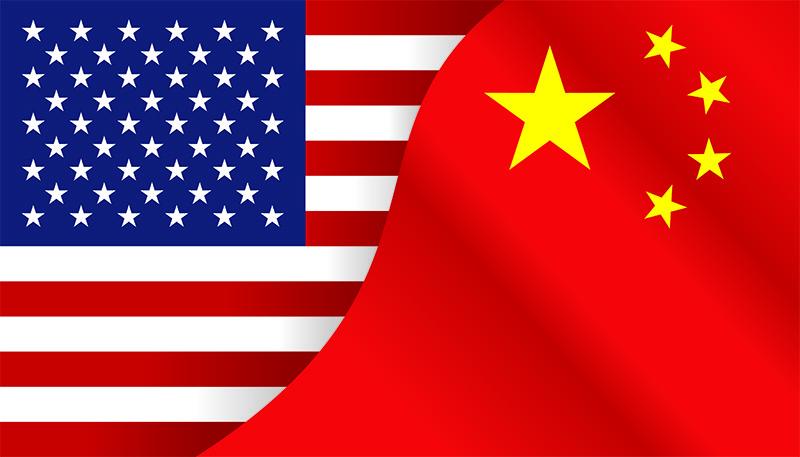UPDATE: China has agreed to the parameters of the Phase One Trade deal that will delay tariffs on $160 billion in imported goods that were supposed to go into effect on December 15. The new deal will also cut some existing tariffs in half. Read on for details.
Ahead of Sunday’s deadline for new tariffs to go into effect, the Trump Administration has signed off on the framework of a Phase One trade deal with China, which includes elimination and reduction of some of the proposed tariffs on Chinese goods.
The Wall Street Journal and New York Times reported late Thursday that President Trump met with economic and trade advisors earlier in the day to discuss the agreement, which would potentially reduce tariffs on some $360 billion in Chinese-made products.
A source briefed on the status of bilateral negotiations said the United States would suspend tariffs on Tranche 4B tariffs — $160 billion in Chinese goods — that are expected to go into effect on Sunday, December 15.
The Phase One deal would also roll back some of the existing tariffs by 50 percent. Lists 1-3 will remain at 25 percent, but List 4A will be reduced from 15 percent to 7.5 percent.
China's Response to Tariff Reductions
In return, China would agree to buy $50 billion in U.S. agricultural goods in 2020, double what it bought in 2017, before the trade conflict started, two U.S.-based sources briefed on the talks said. China would also expand access to its financial services market and include language on currency and intellectual property in the deal.
According to a Reuters report, Chinese foreign ministry spokeswoman Hua Chunying, asked about the status of the trade talks during a daily briefing on Friday, reiterated that Beijing is committed to resolving outstanding issues but that a deal must be mutually beneficial. She did not comment on whether the two sides had reached an agreement or the terms of any deal with the United States.
*This is an evolving story. Watch this space for updates.



